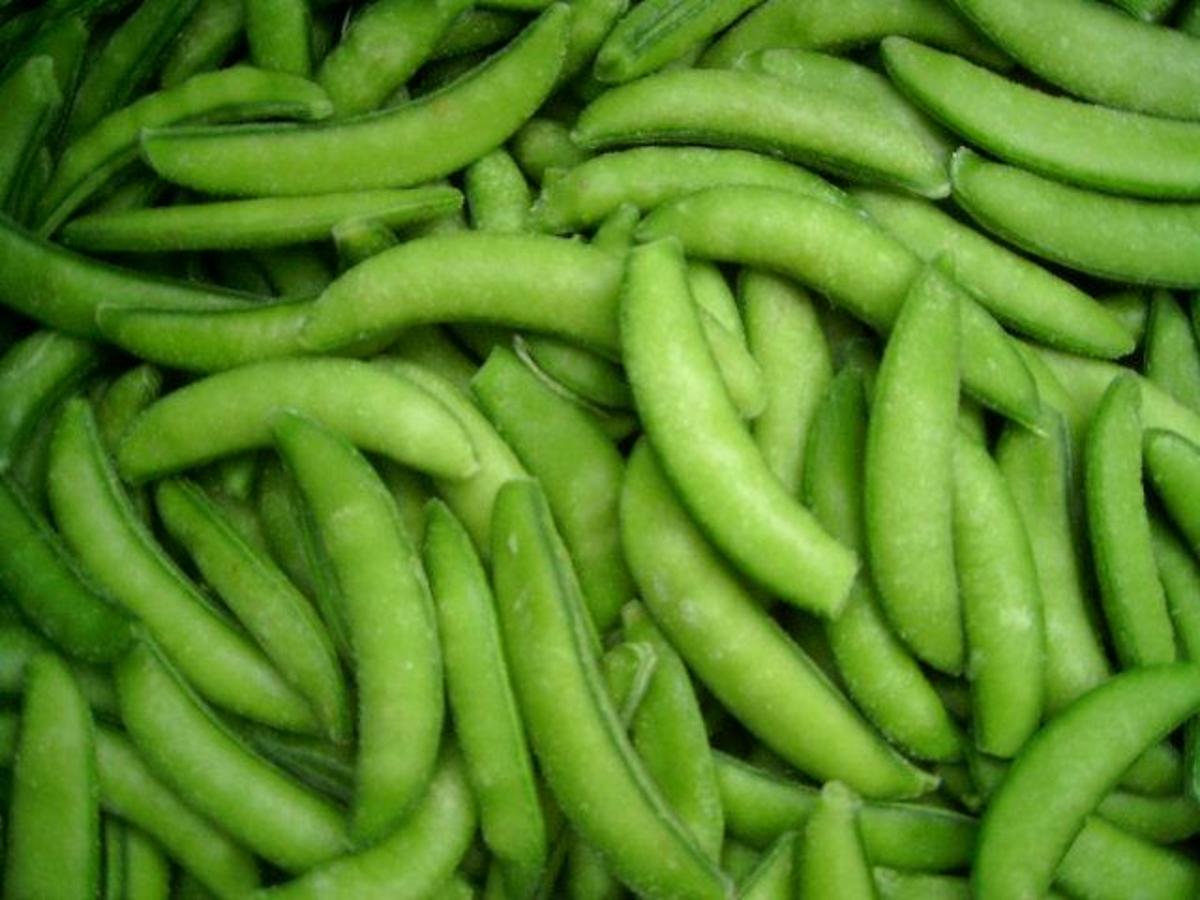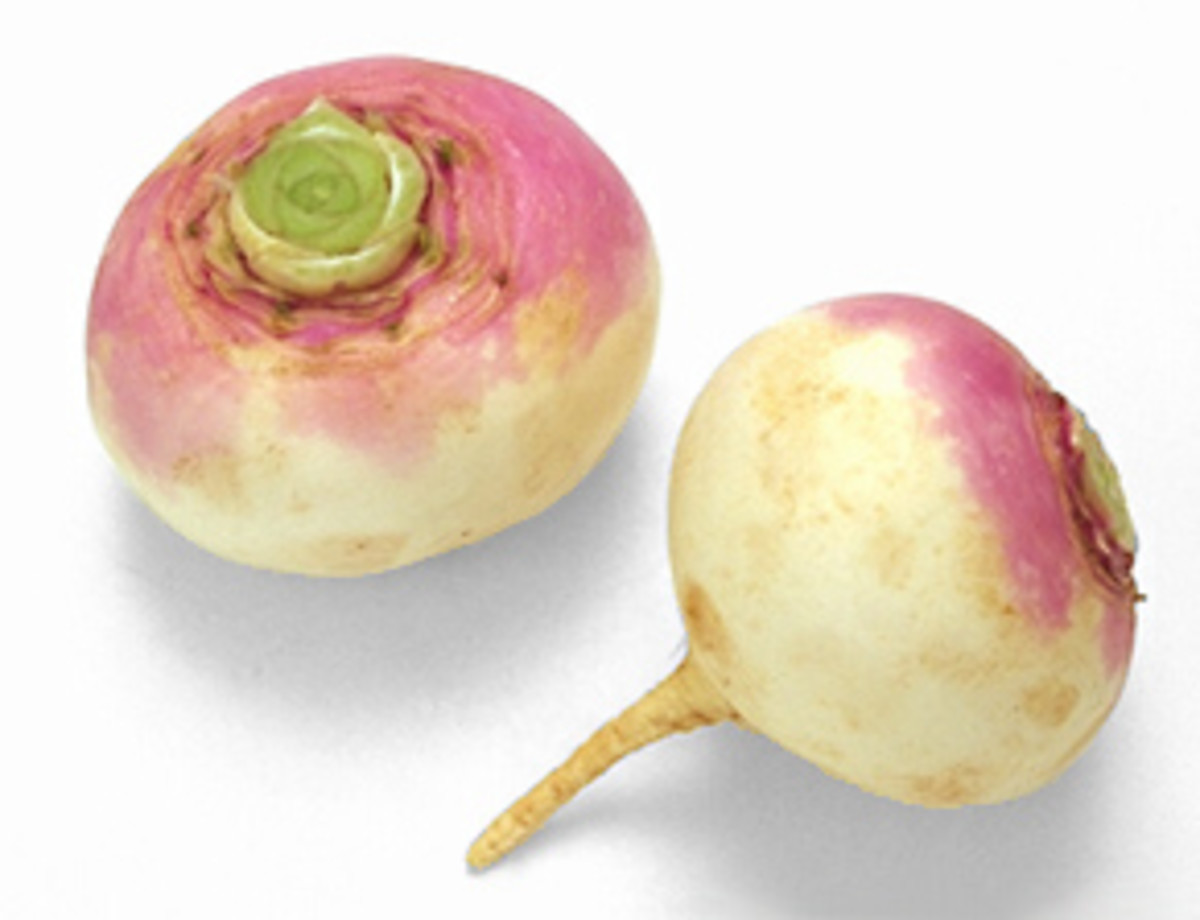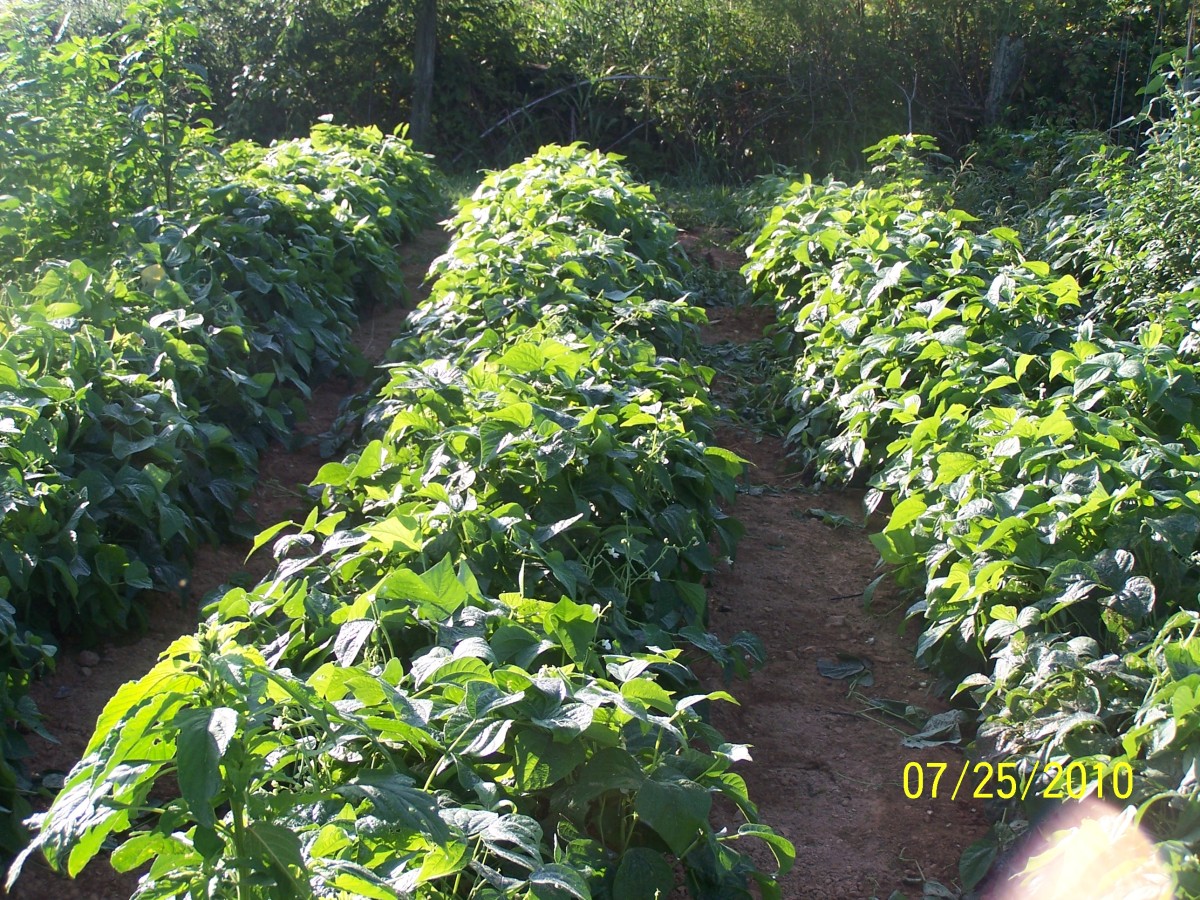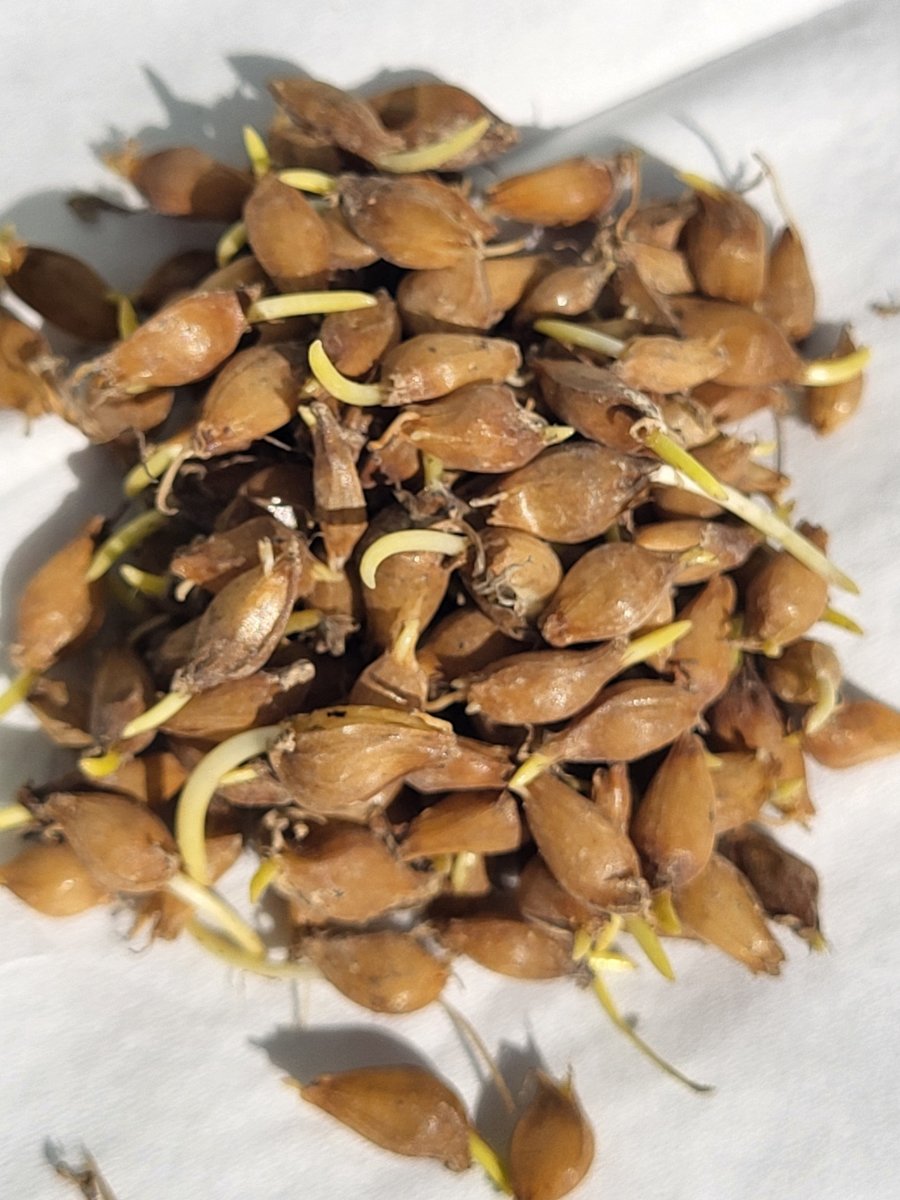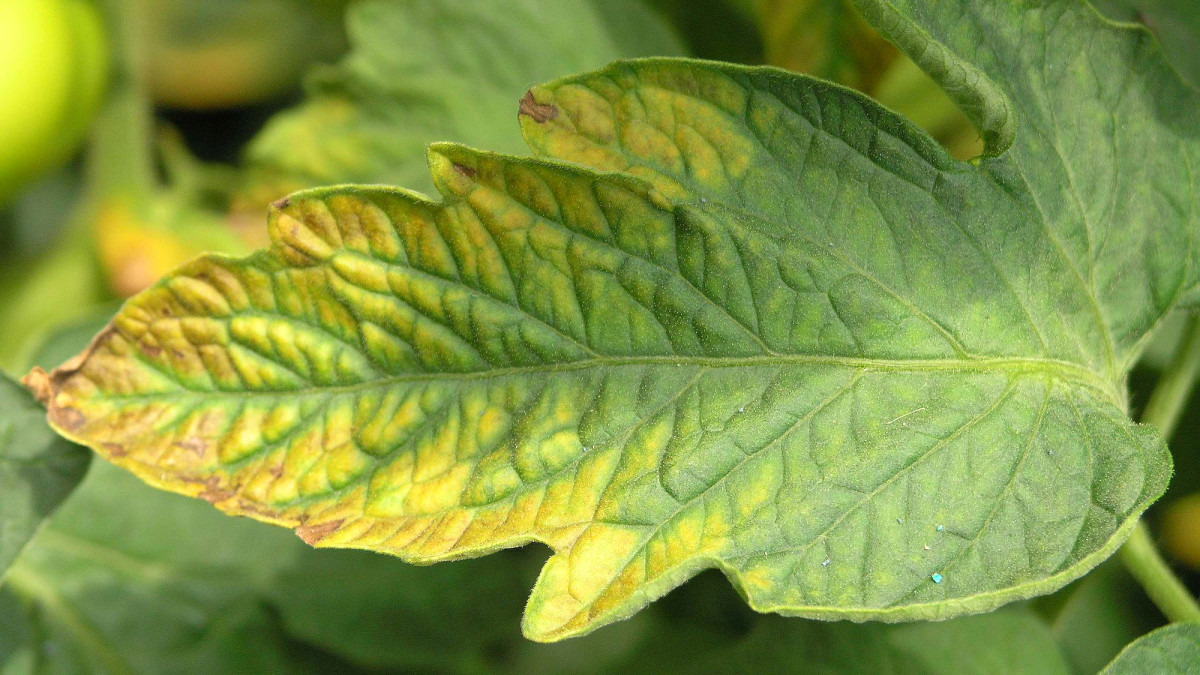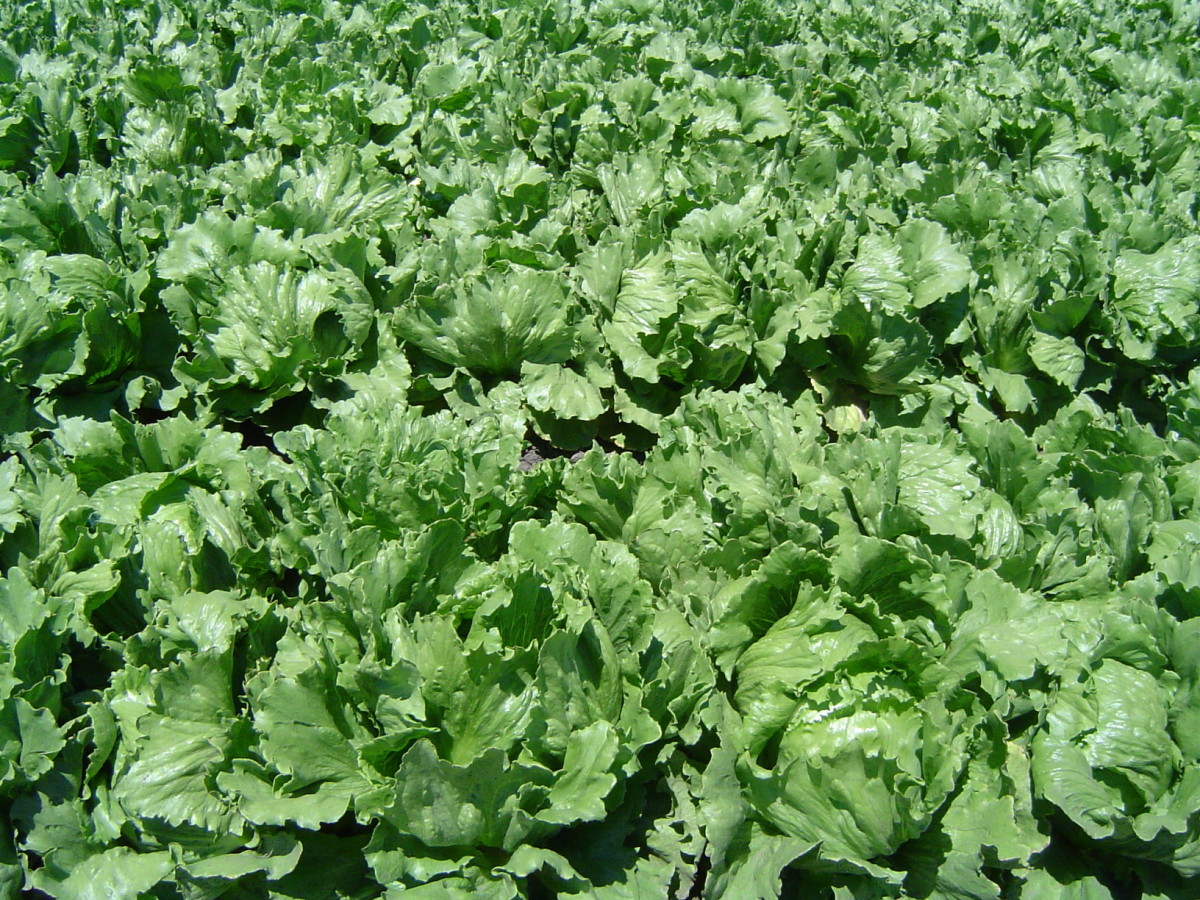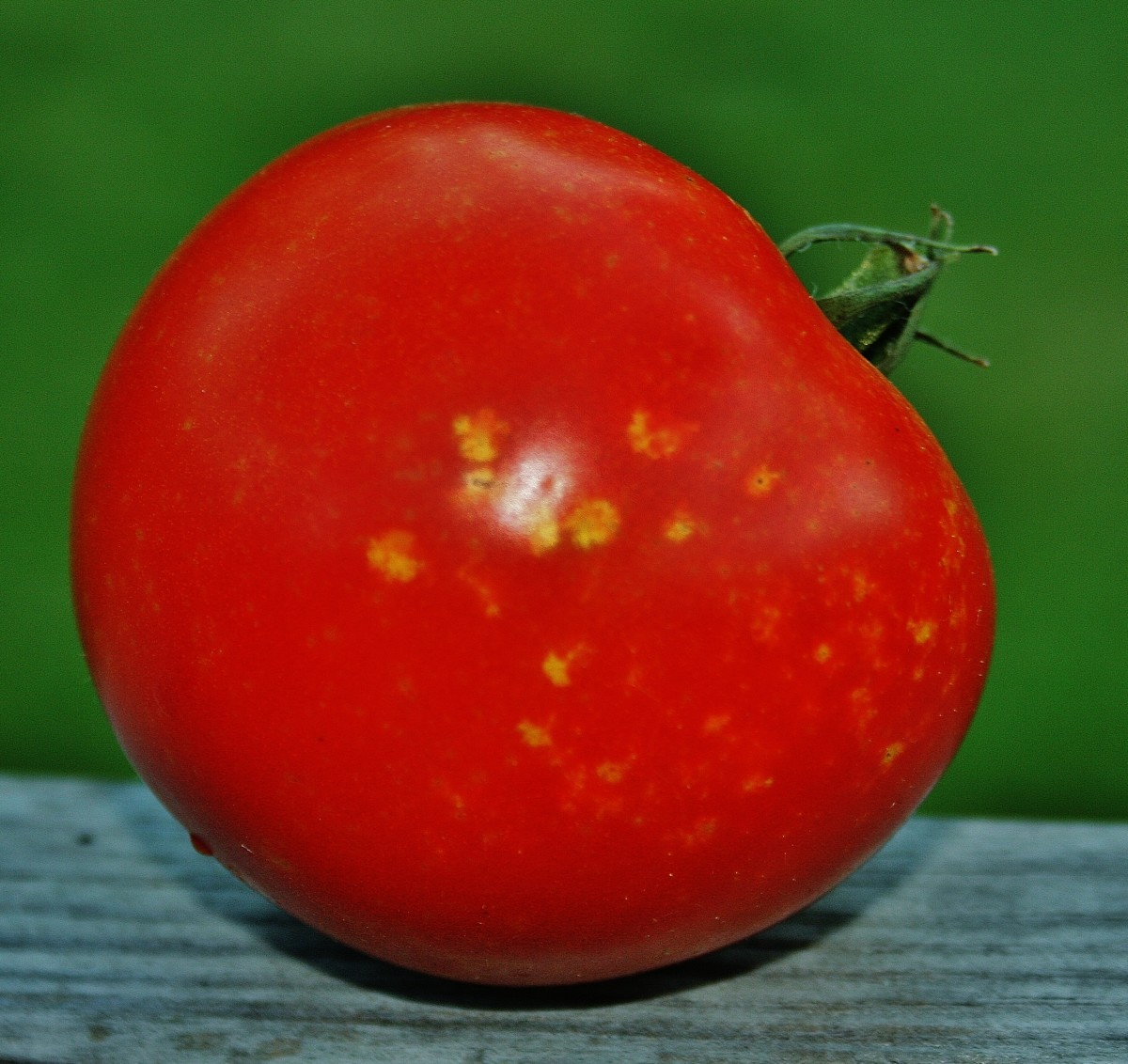Cabbage Growing Tips
Cabbage
Cabbage is quickly becoming a garden favorite because of its great taste and variety of uses. It also is loaded with nutrients, which are especially effective when you eat it within a couple of days after harvesting the vegetable.
The most commonly grown is green cabbage, although red (or purple) and Savoy types are increasing in popularity as people discover them more; desiring different color, flavors and textures in their meals.
Recent studies have also concluded that all three cabbage types have unique, healthy properties to them, making it desirable to include all three as part of your dietary intake.
Generally speaking, red cabbage is used for additional color and taste in salads and cooked meals, while Savoy is usually grown for use in salads and slaws.
For sauerkraut, it's the cabbage varieties with larger heads and which mature in the latter part of the growing season that are most desirable.
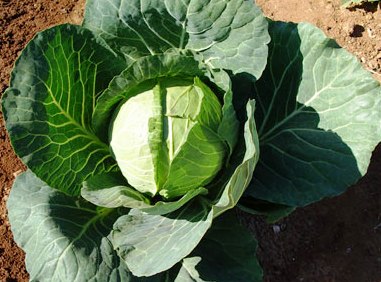
Cabbage Benefits
There are numerous studies that confirm the extraordinary health properties inherent in cabbage.
The three basic health benefits of cabbage are its being a cancer preventative in relationship to prostate, colon and bladder cancer. It is also anti-inflammatory and rich in antioxidants and glucosinolates.
Your cardiovascular system is also benefited through the reduction of cholesterol which eating cabbage provides.
This is why it's a good idea to consume all three cabbage types, as each is stronger in some aspects of the health benefits associated with the vegetable than others.
For example, red cabbage has a vitamin C equivalent that is up to eight times higher than that which resides in green cabbage. Savoy cabbage is stronger is some areas in aiding our bodies to resist cancer.
Cooking Cabbage
Interestingly, steaming cabbage can be a better way of releasing nutrients residing in cabbage than even eating it raw. It's definitely better than boiling cabbage for a long time, as it will reduce the amount of nutrients in it.
If you cut cabbage, it's also best to eat it within a day or two at least, because cut cabbage starts to lose nutrients quickly. That's why it better not to buy cut cabbage in the store, or to cut it and leave it for a long time if you grow your own.
When to Plant Cabbage
For spring planting of cabbage, you want to place it out so the cabbage head matures before the hot summer weather arrives.
Whether you grow them from seeds or buy from the store, get a variety that has a shorter maturing date as the major way to avoid the hot weather. In northerly climates it may not matter as much, as the weather may not ever get too hot to make a major impact on the cabbage.
But I have lived in some far northern states where the weather does get into the mid-80s, and even into the 90s, so you do have to be aware of the zone you live in.
It will never hurt to get you cabbages out as early as possible; that's for sure. Be aware that hardened off cabbage can take a frost, so you can transplant very early.
You do have to be cautious as to how early you set out the plants because they can develop seedstalks if they have prolonged exposure to temperatures in a range of 35 to 45 degrees F.
This happens when the stem of the cabbage becomes the size of a pencil or larger. The consistent cold weather triggers a response within the plant to flower.
So keep the temperature range in mind when you sow your transplants. A secondary cause, which there is no control over, is if a cold front comes through. A way to protect your cabbages is to use containers like clear milk cartons to place over them when bad weather comes it, or temperatures remain low. Remove them as quick as it starts to warm up though, or you'll be recreating the summer conditions which causes them to bolt.
As for generating a longer harvesting season, you can plant several varieties with different maturing dates.
How to Grow Great cabbages
Planting Cabbage for Fall
The best time to plant cabbage meant for the fall is in the middle of the summer. You can also seed them directly into the garden during this time if you choose, as the time factor isn't as important for fall cabbage.
When growing transplants for summer sowing, it's best to keep them in an area with some shade; that's applicable whether your growing seedlings in flats or seedbeds.
If at all possible, it's far better to transplant cabbage on an overcast or even rainy day in order to lower the shock the plant will face from direct sun.
How to Plant Cabbage
If planting cabbage from seed, sow them about 1/4" to 1/2" deep. Keep the seed moist and thin them according to the desired size of cabbage head you want. You can take the plants you thin and sow them somewhere else if you choose to.
With cabbage transplants, space in a range of a foot to two feet apart in the row. The distance depends upon how big of a cabbage head you want to harvest. The closer together the transplants the smaller the cabbage heads will be as they grow.
Normal practice for the earlier maturing varieties is to place them about a foot apart, as that will allow for decent sized heads that will mature before the heat of summer hits.
For varieties which mature later, you should plant them about 2 feet apart for the larger heads you are looking for.
Cabbage Care
Cabbage doesn't like to compete with weeds, especially when just planted. Shallow cultivation is what is needed on a consistent basis.
Don't cultivate too deep in order to keep from harming the root system of the cabbage.
A general starter fertilizer is sufficient when transplanting the seedling or it emerges from seed. When the cabbage is around half grown, then an application of nitrogen fertilizer is needed.
Cabbage also needs water for the heads to be able to develop fast. That's true of all parts of the growing season, but even more important for the fall plantings, which will need an extra dose of water to help it overcome the heat of the summer.
Don't water until soggy, but be sure there is moisture the cabbage can access, as cabbage heads need water to develop to their full potential.
When to Harvest Cabbage
It's really easy to determine when it's time to harvest a head of cabbage, as once the heads are formed, they're ready to be picked.
When I say the cabbage is ready to be picked when the head is formed, that's defined by the head being solid to the touch when you apply pressure to it with your hand.
One thing to watch for is if your cabbage heads are ready to be picked and rain is forecast. If it's a heavy rain, your cabbage heads will start to crack or split. You could harvest them before the rain if you're able, and depending on what you're going to do with the cabbage, or if it catches off guard because the rainstorm is sudden, you should harvest whatever cabbage heads are split as soon as possible, as they will quickly become unable to be consumed.
Best practices is to cut the heads as soon as they are mature to avoid this type of thing happening. You could also buy cabbage varieties resistant to cracking, cold and heat.
Harvesting Cabbage
How to Harvest Cabbage
When you harvest your cabbage be sure to leave the outer leaves of the plant, cutting as close to the base of the head as you can.
The reason why is cabbage will develop buds between the base of the leaf and right above it where the stem is. These will later grow into little mini-cabbages from 2" to 4" in diameter.
They should be harvested when they become firm like the parent plant heads do.
You don't have to do this, but why waste some perfectly good cabbages which can be used.
Managing Cabbage Problems
Cabbage does have some problems, but most of those can be avoided at the front end by acquiring transplants with resistance to yellow or fusarium wilt, as that is a major disease associated with cabbage.
For black rot or blackleg prevention, two other major cabbage diseases, buy seed that has been treated with hot water in order to kill these specific organisms.
When buying transplants, only buy those that are in the best condition. Plants you should avoid include those with black spots on them, are wilted, or aren't a normal shade of green.
Usual best practices will also go a long way towards controlling these diseases. Don't overcrowd the plants; don't place them in soil that doesn't drain well; and don't over-water them. If pests appear, take care of them because they can spread the disease.
Finally, buy cabbage varieties that are resistant to blackleg or black rot as another option.
Storing Cabbage
Green or red cabbage should store in the refrigerator for a couple of weeks. Savoy cabbage is less robust, and will only last for about four days in the refrigerator.
Storage decisions depend on expected usage as well. If you are going to eat cabbage raw, then will want to eat it within several days.
In regard to what to store cabbage in, use plastic or perforated bags that are wrapped loosely.
There is some controversy surrounding canning cabbage, as some government agencies assert it can't be done, while many gardeners claim they do it all the time.
Freezing is another method people use to freeze cabbage.
Either way, all methods of long-term storage of cabbage appear to result in the loss of some quality over time, although most say, with the exception of canning, that the inner part of the cabbage can retain its look and flavor pretty well.
Cabbage
Cabbage is absolutely one of the most nutritious vegetables there is. A book could be, and probably has been written, on the continual discoveries and known nutritional value associated with cabbage.
To get the greatest benefit out of them, grow all three and use them throughout the season as they mature for you.
Do some research concerning the many ideas people have for longer term storage, as it appears there are quite a number that have found ways to store cabbage without losing a lot of the nutritional and taste value of the vegetable.
The bottom line is cabbage is a lot of fun to grow, is great for you, and tastes good. It just doesn't get any better than that.

